Steve MarlinUpdated:
Category:
BJJ.
What if I told you that the difference between winning and surviving in Brazilian Jiu-Jitsu often comes down to one thing: position? BJJ isn’t just about submissions or flashy moves. It’s about where you are and what you can do from there.
When I first started training, I used to focus only on submissions. But my coach drilled one thing into my head: “Position before submission.” I didn’t fully get it until I was stuck under the mount for the hundredth time, gasping for air, wondering how I got there. That’s when it hit me: understanding all BJJ positions is everything.
This guide is your complete breakdown of all major BJJ positions. Whether you’re brand new or refining your BJJ fundamentals, knowing these positions helps you move smarter, attack better, and defend without panicking.
I’ll walk you through dominant positions, guard variations, transitional phases, and more clearly, simply, and with real-life tips you can apply right away.
Let’s start with the core BJJ positions, the backbone of every solid grappling game.
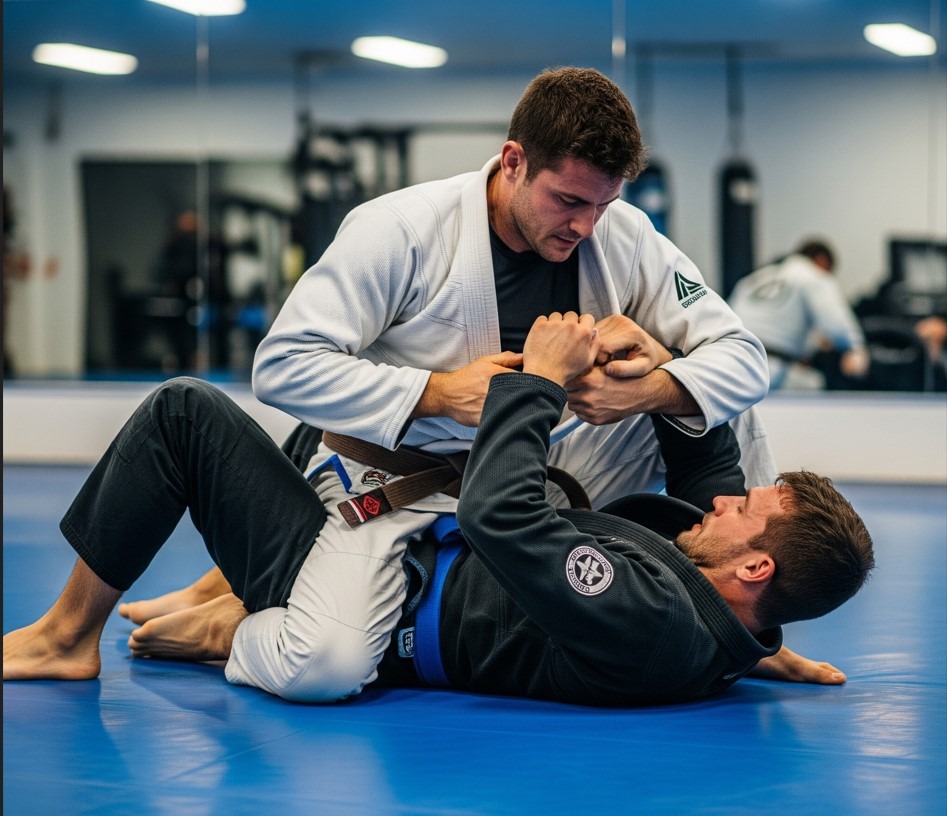
The mount is often called the “king of positions” in BJJ. And for good reason! When you’re mounted on someone, you’re sitting on their chest or stomach. Your legs are straddling their torso. You’re in complete control.
I like to think of mount like being the driver of a car. Your opponent is just along for the ride. They can’t really steer where things go. You’re calling the shots.
Key Characteristics of Mount:
Attacks from Mount
Mount gives you a buffet of submission options. The armbar is probably the most famous. You isolate one of their arms and hyperextend the elbow joint. It’s like opening a door – you just keep pushing until it opens (or they tap).
The Americana is another classic mount submission. You grab their wrist and elbow, then crank their shoulder. I call it the “chicken wing” because of how their arm looks when you apply it.
Cross chokes work great from mount too. You use their own collar to cut off blood flow to their brain. It’s sneaky because they often don’t see it coming until it’s too late.
How to Maintain Mount
Staying in mount is like riding a bucking horse. Your opponent will try everything to throw you off. The key is keeping your weight low and centered. Don’t sit up too high or they’ll easily buck you forward.
Keep your knees tight to their body. Think of your legs as clamps holding you in place. If they try to roll you, follow their movement. Don’t fight against it – go with the flow and maintain your position.
How to Escape Mount
Being stuck under mount feels terrible. Trust me, I’ve been there plenty of times! The key to escaping is staying calm and following a system.
First, protect your arms. Don’t let them isolate one for an armbar. Keep your elbows close to your body. Then work on creating space. Bridge your hips up and try to get your knee between you and them.
The elbow-knee escape is your best friend here. Get your elbow to your knee on one side. This creates a frame that lets you turn to your side and escape.

Back control is like having a sniper position in BJJ. You’re behind your opponent where they can’t see you coming. Most of their weapons are facing the wrong direction.
When I first learned back control, my instructor told me something I’ll never forget: “The back is where fights end.” He was right. More submissions happen from back control than any other position.
Hooks vs. Body Triangle
You have two main ways to control someone’s back. Hooks are when you put your feet inside their thighs. Think of them like anchors keeping you attached to their back.
The body triangle is different. You cross your legs and squeeze your ankles together around their waist. It’s like putting them in a leg vise. The body triangle is stronger but less mobile than hooks.
I prefer hooks when I’m hunting for submissions. They let me adjust my position more easily. The body triangle is great when I just want to control and wear someone down.
Choke Setups from Back Control
The rear naked choke (RNC) is the bread and butter of back control. You snake one arm around their neck and grab your other bicep. Then you put your free hand behind their head and squeeze.
It’s like putting someone in a human vice. The pressure comes from all directions. Most people tap within seconds once you lock it in properly.
The bow and arrow choke is trickier but deadly. You grab their collar and their pants, then pull in opposite directions. It cuts off blood flow while also cranking their spine. It looks exactly like drawing a bow to shoot an arrow.
Transition Strategies
Back control connects to many other positions. If they defend your chokes well, you can transition to mount. Just swing your leg over their body as they turn.
You can also go to an armbar from back control. If they expose an arm while defending chokes, grab it and fall back. It’s like having a backup plan for your backup plan.

Side control is like being the big spoon in the worst cuddle ever. You’re lying across your opponent’s chest, pinning them to the ground. They’re stuck on their back, wondering how they got into this mess.
I love side control because it’s so suffocating for your opponent. They can’t breathe well. They can’t move much. And you have all day to work on submissions or transitions.
Variants of Side Control
Standard side control is where you’re perpendicular to your opponent. Your chest is across their chest. One arm usually goes under their head, the other controls their hip.
Kesa Gatame is the judo version. You sit more upright and trap their arm with your whole body. It’s like putting their arm in a straight jacket made of human flesh.
Reverse side control is when you face their legs instead of their head. It’s weird but effective for certain submissions. Your opponent usually has no idea what to do when you’re facing the “wrong” direction.
Common Submissions and Transitions
The Americana works great from side control. You isolate their far arm and crank their shoulder. The kimura targets the near arm instead. Both use the same basic principle – control the arm and attack the shoulder joint.
Paper cutter chokes are sneaky from side control. You slide your forearm across their neck like you’re cutting paper. Most people don’t see it coming until they’re already getting choked.
You can easily transition to mount from side control. Just swing your leg over their body. Or you can go to knee on belly for more mobility. Side control is like a highway interchange – lots of roads lead out of it.
Escapes and Counters
Escaping side control is all about creating space and getting your guard back. The bridge and roll is classic. You bridge your hips up and roll them over you.
The ghost escape is more modern. You turn to your side and sneak your bottom leg through. It’s like becoming invisible and slipping away. Took me months to get this one down, but it’s gold once you master it.

Knee on belly is like having a human kickstand. You’re kneeling on your opponent’s stomach or chest with one knee. Your other foot is posted on the ground for balance.
This position is perfect when you want to stay mobile. You’re not committed like you are in side control or mount. You can move around and attack from different angles.
When to Use Knee on Belly
I use knee on belly when my opponent is good at escaping other positions. Some people are slippery from bottom. Knee on belly lets me stay on top while keeping my options open.
It’s also great for wearing people down. That knee pressing into their stomach makes it hard to breathe. After a few minutes, they start making mistakes from exhaustion.
Pressure vs. Mobility
The beauty of knee on belly is the balance between pressure and mobility. You’re applying constant pressure with your knee. But you can quickly move to other positions if needed.
Think of it like being on a skateboard. You’re mobile but still applying downward force. Your opponent is stuck dealing with your weight while you’re free to move around.
Submissions and Transitions
Armbars work great from knee on belly. You can attack either arm depending on how they defend. Just grab their wrist and fall back for the submission.
Baseball bat chokes are nasty from here too. You grip their collar like you’re holding a baseball bat. Then you slide your forearm across their neck. It’s lights out pretty quick.
You can transition to mount, side control, or even back control from knee on belly. It’s like having a remote control for your opponent’s body.
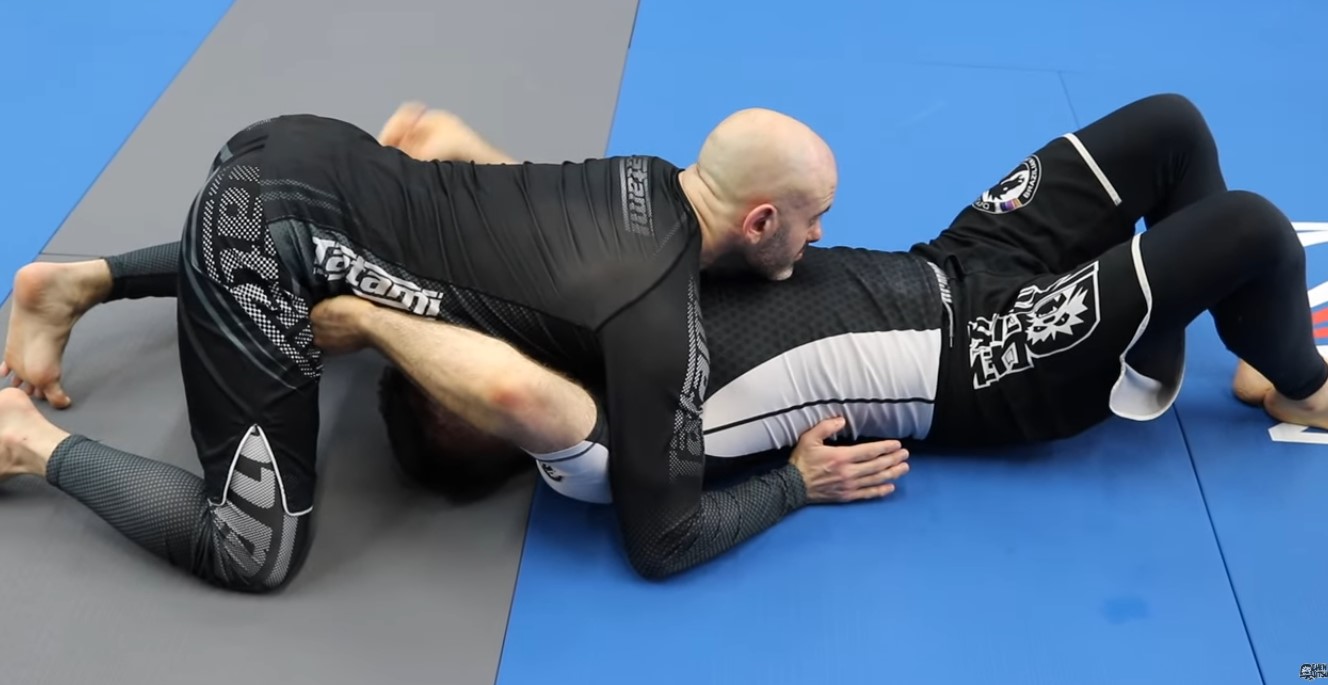
North-south is the position everyone loves to hate. You’re lying on top of your opponent, but your head is near their feet. It looks weird, but it’s surprisingly effective.
I used to avoid north-south because it felt awkward. But my instructor made me stay there for entire rounds. Now I see why – it’s a position of pure control.
Control Points and Attacks
In north-south, you control your opponent with your chest and arms. Your weight is distributed across their torso. They can’t bridge or roll easily because you’re spread out like a blanket.
North-south chokes are the main attack here. You wrap your arms around their neck and squeeze. It’s like giving them the world’s worst hug. The pressure comes from multiple angles, making it hard to defend.
Role in Positional Flow
North-south often happens during transitions. You’re moving from side control to mount, and you pass through north-south. Most people rush through it, but smart grapplers pause and look for opportunities.
It’s also a great place to rest while maintaining control. Your opponent is stuck, but you’re not using much energy. It’s like putting the match on pause while you catch your breath.
How to Avoid Getting Stuck
The key to north-south is not overstaying your welcome. Get your attack or transition quickly. Don’t just lie there hoping something will happen.
If you can’t get a submission, move to mount or side control. North-south is a pit stop, not a destination. Use it as a stepping stone to better positions.
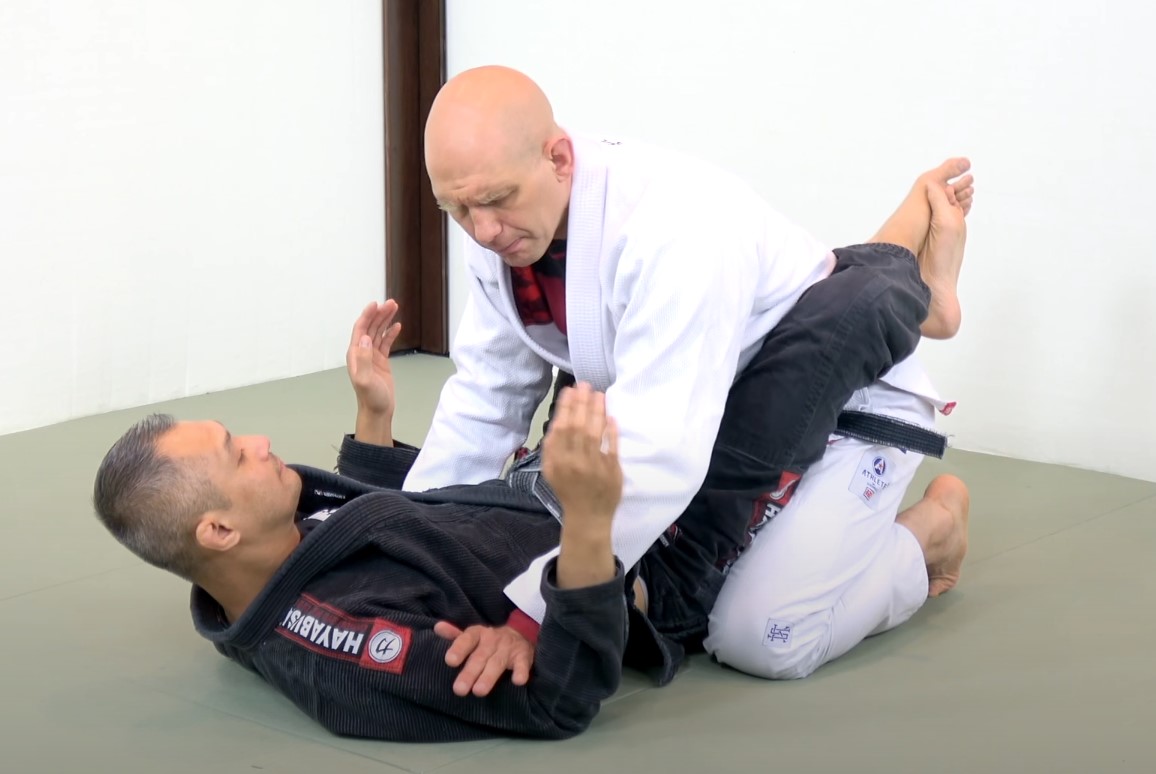
Closed guard is where most people start their BJJ journey. You’re on your back with your legs wrapped around your opponent’s waist. Your ankles are locked together behind their back.
I remember my first day learning closed guard. My instructor said, “This is your home base. When in doubt, come here.” He was absolutely right. Closed guard is like having a safe house in a dangerous neighborhood.
Control Mechanics
Closed guard control comes from your legs and arms working together. Your legs keep them close and break their posture. Your arms control their head and arms, setting up attacks.
Think of your legs like a seatbelt. They keep your opponent locked in place. Your arms are like the steering wheel – they control where things go.
Sweep and Submission Options
The scissor sweep is probably the first sweep most people learn. You grab their sleeve and collar, then scissor your legs to roll them over. It’s like cutting down a tree – they topple right over.
Triangles are the classic closed guard submission. You trap their head and one arm between your legs, then squeeze. It cuts off blood flow to their brain. When done right, it’s lights out in seconds.
Armbars from closed guard are beautiful. You break their posture, isolate an arm, and swing your leg over. It’s like opening a door that only swings one way – their way leads to a tap.

Open guard is where things get spicy. Your legs aren’t locked around them anymore. Instead, you’re using your legs like tentacles to control and attack.
There are more types of open guard than I can count. Each one has its own personality and purpose. It’s like having a toolbox full of different tools for different jobs.
Variants of Open Guard
Spider guard position
Spider guard uses your feet on their biceps and your hands gripping their sleeves. You control them like a puppet master pulling strings. They can’t posture up or pass your guard easily.
De La Riva position
De La Riva guard hooks one leg behind their knee while controlling their sleeve. It’s named after a Brazilian legend who made this guard famous. It’s perfect for off-balancing and sweeping.
Lasso guard position
Lasso guard threads your leg through their arm like lacing a shoe. Once you lock it in, their arm is trapped. They can’t use it to defend or attack.
When to Use Which Type
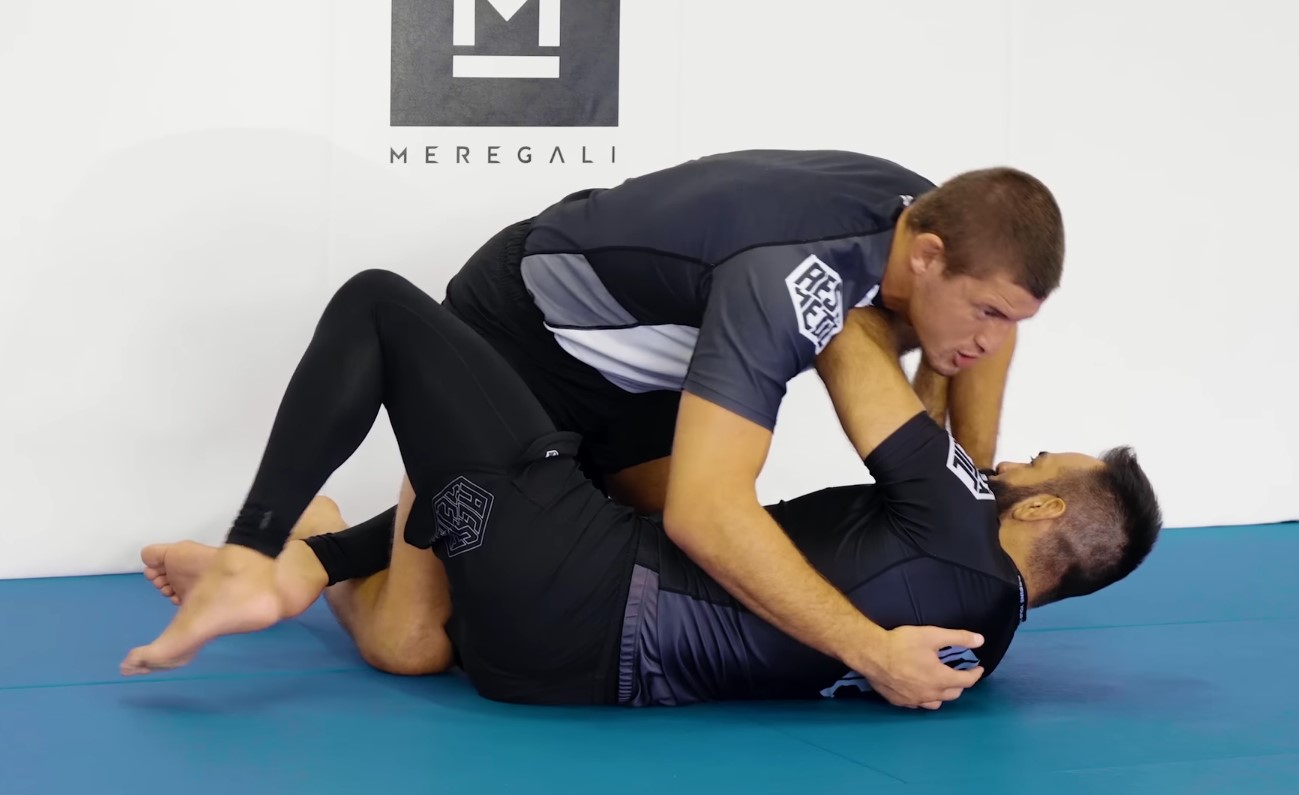
Half guard is the middle child of guard positions. You’re on your back, but you only have one of their legs trapped between yours. It’s not as controlling as closed guard, but it’s better than having no guard at all.
I used to think half guard was a bad position. I was always trying to get out of it as fast as possible. But then I learned it’s actually an amazing position for sweeps and back takes.
Traditional vs. Deep Half Guard
The traditional half guard has you on your side with their leg trapped. You’re using your arms to control their upper body while your legs control their trapped leg.
Deep half guard is when you slide way underneath them. Your head is near their far hip, and you’re using your whole body as a lever. It looks like you’re in a worse position, but you actually have more control.
Sweeps, Submissions, and Guard Retention
The basic half guard sweep uses your underhook and leg to roll them over. You’re like a seesaw – you go down, they go up and over.
The lockdown system adds leg control to half guard. You trap their leg with a specific leg configuration. Then you can control their posture and set up sweeps or back takes.
Deep half guard has its own set of sweeps. The Homer Simpson sweep (yes, that’s really what it’s called) uses your whole body to roll them. You’re literally rolling like Homer Simpson falls down stairs.
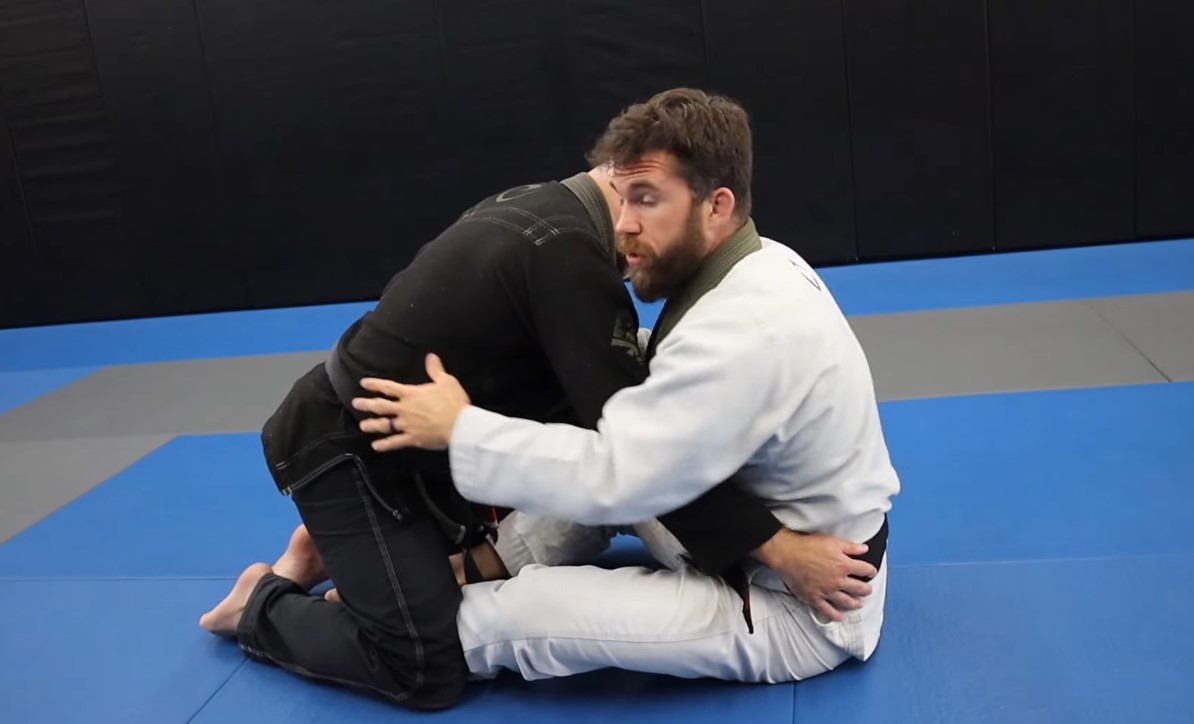
Butterfly guard gets its name from how your legs look, like butterfly wings. You’re sitting up with your feet between their legs, using your shins to control their hips.
This guard is all about elevation and movement. You’re not trying to hold them in place. Instead, you’re using your legs like springs to launch them in different directions.
Elevation Sweeps and Setups
The basic butterfly sweep lifts them up and over your head. You grab their collar and sleeve, put your foot on their hip, and elevate. They go flying like they’re on a catapult.
The hook sweep uses one butterfly hook to off-balance them sideways. It’s like tripping someone, but with your legs instead of your foot.
Single leg X comes from butterfly guard. You duck under one of their legs and wrap it up. Now you control their base and can sweep them easily.
Transitioning to Back Takes or X-Guard
Butterfly guard flows beautifully to back control. When they defend your sweep, you can often slip behind them for back control. It’s like they’re giving you a gift by defending.
X-guard is another natural transition. You slide under their legs and wrap both up. Now you have complete control over their base and balance.
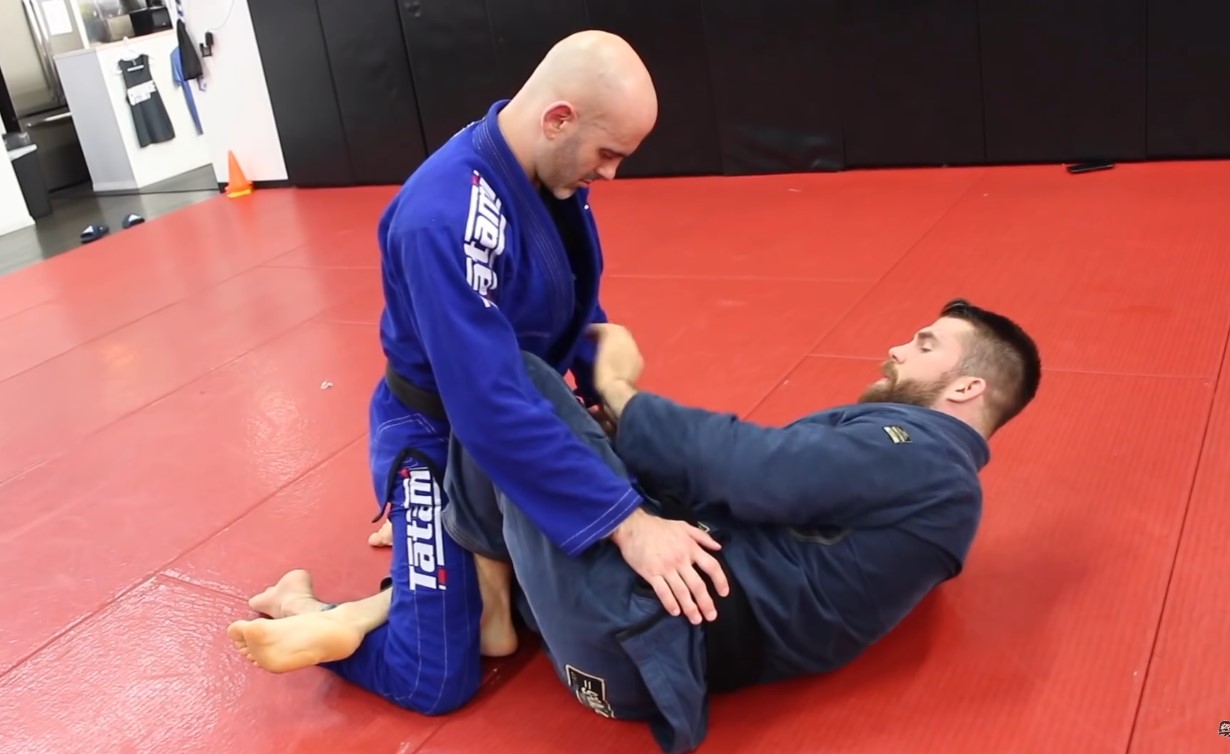
X-guard and single-leg X are the new kids on the block. These positions focus on controlling your opponent’s legs and base. When you control someone’s legs, you control their whole body.
I was skeptical of these positions at first. They seemed too complicated and modern. But once I started using them, I realized how powerful they are for smaller people like me.
Leg Entanglements and Sweeps
X-guard has you underneath your opponent with both their legs wrapped up. Your legs form an X pattern around their legs (hence the name). You control their balance completely.
Single-leg X focuses on one leg instead of both. You wrap up one of their legs while controlling their upper body. It’s like having a remote control for their movement.
The basic X-guard sweep just lifts them straight up. They have no base, so they fall over easily. It’s like pulling a tablecloth out from under dishes – they all come crashing down.
Positional Risks and Counters
The main risk with these positions is leg locks. If you mess up the entry, your opponent might catch your leg instead. It’s like reaching for something shiny in a mousetrap.
You also need good timing. If you hesitate too long, they can settle their weight and defend. These positions require commitment – you have to go for it when the opportunity presents itself.
The counter to X-guard is usually to settle your weight and look for leg attacks. Smart opponents will try to turn the tables and attack your legs instead of letting you sweep them.
These are the in-between spots in BJJ. They’re not clearly dominant or defensive. Think of them like the gray areas where anything can happen. These positions can flip either way depending on who acts first.
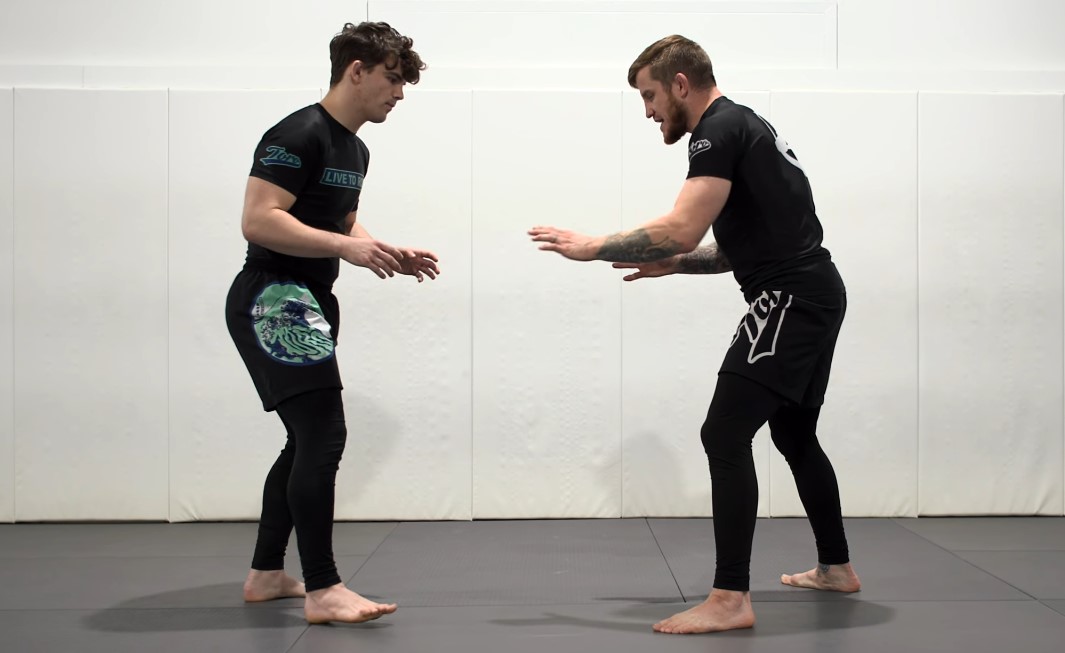
Every BJJ match starts standing up. But most people want to get to the ground as fast as possible. That’s a mistake! The standing game is where you can set the tone for the entire match.
I learned this lesson during a tournament. I pulled guard immediately in every match. Then I faced this wrestler who stuffed my guard pull and got side control. I spent the whole match playing catch-up from bad positions.
Clinch Work and Grip Fighting
Standing in BJJ is all about grips. You want to control your opponent’s collar, sleeves, or belt. Good grips give you steering wheel control over their body.
Grip fighting is like playing chess with your hands. Every grip you get opens up new possibilities. Every grip they get closes down your options. The person who wins the grip battle usually wins the exchange.
Takedowns and Pull Guard Strategies
You have two main options from standing – take them down or pull guard. Takedowns put you on top, which is obviously better. But they’re also riskier if you mess up.
Guard pulling is safer but gives up the top position. It’s like choosing to start a fight on your back. Sometimes it makes sense, especially if your guard game is really strong.
The key is having a plan before you engage. Don’t just grab onto each other and hope something good happens. That’s how you end up in bad positions.
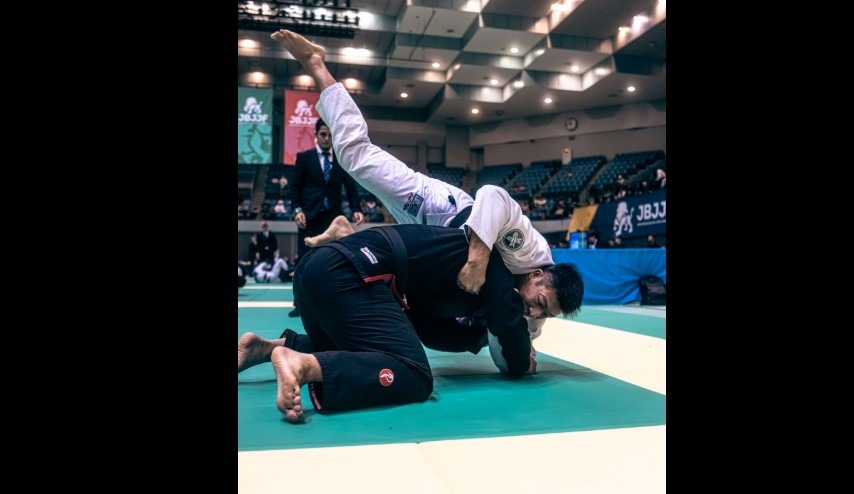
Turtle position looks exactly like it sounds – you’re curled up like a turtle hiding in its shell. You’re on your hands and knees with your head tucked down. It’s not a great spot, but it’s not the end of the world either.
Most people panic when they get to turtle. But turtle actually has some good options if you know what you’re doing. It’s like being in a foxhole – not ideal, but defendable.
Defensive Options from Turtle
The basic turtle escape is to roll forward. You tuck your head and roll like a somersault. If they’re not ready for it, you can end up in their guard instead of them on your back.
You can also try to get to your feet from turtle. Post your hands and drive up like you’re doing a burpee. If you’re quick enough, you can get back to standing before they can stop you.
Sitting back to guard is another option. You sit back through their legs and try to get some kind of guard. It’s not pretty, but it’s better than giving up your back.
Offensive Options from Turtle
Believe it or not, turtle has some attacks too. You can grab their leg and try for a single leg takedown. Most people don’t expect aggression from turtle position.
Granby rolls are flashy moves from turtle. You roll over your shoulder and try to come up behind them. It takes practice, but it’s a real crowd-pleaser when it works.
The turtle position also sets up some sneaky leg locks. You can attack their legs while they’re focused on attacking your back. It’s risky, but sometimes risk pays off.
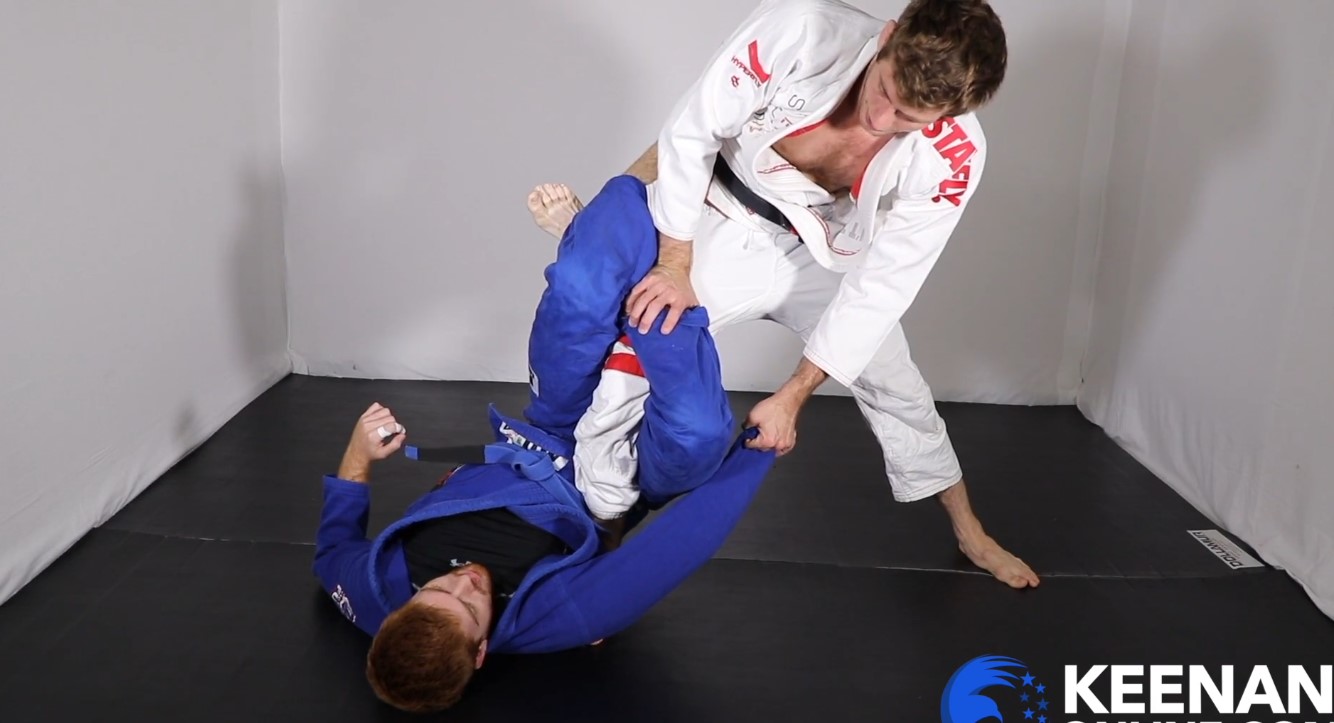
A 50/50 guard is the most controversial position in modern BJJ. You and your opponent both have one leg trapped by the other person. It looks like you’re locked in some weird leg dance.
Some people love 50/50 because it leads to leg locks. Others hate it because matches can stall here. I’m somewhere in the middle – it’s a useful position if you understand it.
Modern Use in Competitive BJJ
Competition rules have made 50/50 more popular. You can’t get penalized for stalling here as easily as other positions. Some competitors use it to run down the clock when they’re ahead on points.
But 50/50 isn’t just for stalling. The leg lock game from here is incredibly dangerous. One wrong move and someone’s knee is getting twisted in ways knees aren’t meant to go.
Leg Lock Setups
The straight ankle lock is the basic attack from 50/50. You control their foot and pressure their ankle joint. It’s like opening a can with a can opener – steady pressure until something gives.
Heel hooks are the nuclear option from 50/50. You control their heel and twist their knee joint. These submissions can cause serious injury, so they’re banned at most belt levels.
The key to attacking from 50/50 is controlling their leg completely. If they can move their leg freely, they can defend or counter-attack. Lock it down first, then hunt for the submission.
Why do takedowns matter in BJJ?
Starting from the feet is a huge part of Brazilian Jiu-Jitsu fundamentals, especially in tournaments. The one who takes the other down usually controls the pace early on.
Which takedowns are common in BJJ?
How does judo or wrestling fit in?
Perfectly. I train with a wrestling coach once a week just to sharpen my entries. Judo gives you the throws, wrestling gives you the pressure. Combine both, and you’re more confident.
Not all positions are equal.
Some give you more control, others less.
Here’s a simple ranking from strongest to weakest:
This hierarchy helps you decide when to hold and when to move.
If you’re in side control and can go to mount, go for it.
If you’re in turtle and can recover guard, do it.
Always aim to move up the ladder.
The most dominant position is generally back control with hooks in, followed closely by mount. Both offer the best control and submission opportunities with the least risk to yourself.
The “worst” positions are usually those where your opponent has full control and can attack you easily. This often includes being stuck in mount or back control on the bottom, or caught in a very tight side control with no space.
There isn’t an exact number! While there are perhaps 10-15 core BJJ positions we often talk about (like mount, guard, side control), countless variations and transitional spots exist. The number grows as you combine techniques.
You improve positional control by focusing on good posture, applying steady pressure, and maintaining a strong base. Consistent drilling, focused sparring, and getting feedback from your instructors are also key.
While there’s no official list, generally the five main positions often taught first are: Mount, Back Control, Side Control, Guard (often closed guard), and Half Guard. These are the most common spots you’ll find yourself in.
Smooth transitions come from understanding the flow of BJJ. This means knowing what to do after you achieve one BJJ position. Drill specific movements from one spot to the next, like going from side control to mount. Anticipating your opponent’s reactions also helps make it fluid.
Yes, half guard is a very good position! While it might seem “half” to some, it’s a versatile spot for both defense and offense. Many successful BJJ practitioners specialize in it, using it for powerful sweeps and back takes.
In competition, you can score points by holding dominant positions, which can lead to a win by points. However, to truly “win” (submit your opponent), you need to use these positions to set up and finish submissions. Simply holding a position without attacking is not enough for a decisive victory.
If you’re serious about leveling up your BJJ, don’t just chase submissions; master the BJJ positions first. Every sweep, pass, and tap starts with knowing where you are and what you can do there.
Keep drilling, stay curious, and never stop rolling with purpose.
If this guide helped, bookmark it and share it with a teammate. We’re all trying to get better together.